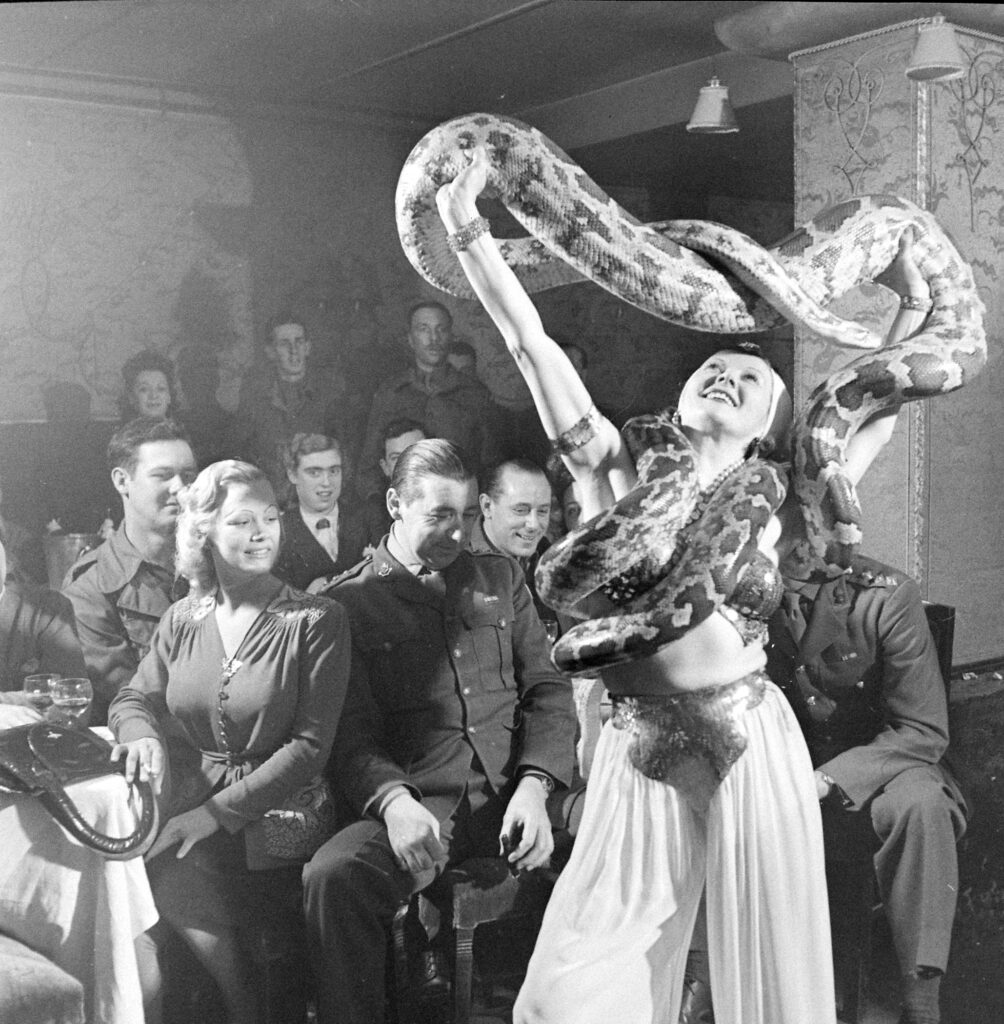Written By: Ben Cosgrove
For some, the phrase “Dust Bowl” conjures a place: the Great Plains, but a Great Plains of abandoned homes, ruined lives, dead and dying crops and sand, sand, sand.
For others, the phrase denotes not a region but an era: the mid- to late-1930s in America, when countless farms were lost. Dust storms raced across thousands of miles of once-fertile land, so huge and unremitting that they often blotted out the sun. Millions of American men, women and children took to the road, leaving behind everything they knew and everything they’d built, heading west, seeking work, food, shelter, new lives, new hope.
These families, immortalized in John Steinbeck’s The Grapes of Wrath and in the unflinching photographs of Dorothea Lange, Walker Evans and others, were almost universally known as “Okies,” whether or not they actually hailed from the devastated state of Oklahoma. The great, ragged migration away from half-buried farms and toward California and other vague “promised lands” is one of the defining catastrophes of the Great Depression. To this day, the very term Okie conjures images of gaunt men, grim women and doomed children dressed in tattered clothes, traveling by foot or jalopy across a landscape that seems perpetually dry, flat and ruined.
But just as entire families in Oklahoma, Texas, Colorado, Nebraska and other states abandoned their homes in search of a new start, countless other farmers held their own, suffering through the very worst of the Dust Bowl years, battling for every ear of corn, every grain of wheat, every leaf of lettuce on farms they had worked, in some cases, for generations.
Here, LIFE.com offers a series of revealing photos by the great Alfred Eisenstaedt. These pictures don’t follow “Okies” as they leave their world behind. Instead, Eisenstaedt’s photos chronicle the hardscrabble existence of Oklahoma farmers who stayed: families who fought to keep their livelihoods and their homesteads during those lean, unforgiving years after the Dust Bowl according to the history books, at least came to an end.
—Photo gallery edited by Liz Ronk for LIFE.com.

Oklahoma farmer, 1942.
Alfred Eisenstaedt/Life Pictures/Shutterstock

Oklahoma farmer and his family, 1942.
Alfred Eisenstaedt/Life Pictures/Shutterstock

Oklahoma farming family, 1942.
Alfred Eisenstaedt/Life Pictures/Shutterstock
![Sagebush and sand surrounded Oklahoma farmer John Barnett's house and farm buildings. There was no topsoil left on the 160 acres. He grew rye and fodder in sandy loam. "Sagebush and sand surround [Oklahoma farmer John] Barnett's house and farm buildings. There is no topsoil left on the 160 acres. He grows rye and fodder in sandy loam."](data:image/svg+xml,%3Csvg%20xmlns='http://www.w3.org/2000/svg'%20viewBox='0%200%200%200'%3E%3C/svg%3E)
Sagebush and sand surrounded Oklahoma farmer John Barnett’s house and farm buildings. There was no topsoil left on the 160 acres. He grew rye and fodder in sandy loam.
Alfred Eisenstaedt/Life Pictures/Shutterstock

In Oklahoma in 1942, agriculturists worked on the region’s catastrophic erosion problem.
Alfred Eisenstaedt/Life Pictures/Shutterstock

Abandoned farm, Oklahoma, 1942.
Alfred Eisenstaedt—Time & Life Pictures/Shutterstock

Harvesters hitchhiked to a wheat harvesting, Oklahoma, 1942.
Alfred Eisenstaedt/Life Pictures/Shutterstock

Oklahoma, 1942.
Alfred Eisenstaedt/Life Pictures/Shutterstock

Farmer and sons, Oklahoma, 1942.
Alfred Eisenstaedt/Life Pictures/Shutterstock

Oklahoma farm, 1942.
Alfred Eisenstaedt/Life Pictures/Shutterstock

Farmer John Barnett and his sons worked their farm, Oklahoma, 1942.
Alfred Eisenstaedt/Life Pictures/Shutterstock

Oklahoma, 1942.
Alfred Eisenstaedt/Life Pictures/Shutterstock

Farmer John Barnett’s wife, Venus, worked in her vegetable garden after a second planting, Oklahoma, 1942. A windstorm earlier in the year blew the first seedlings away.
Alfred Eisenstaedt/Life Pictures/Shutterstock

John Barnett fed livestock on his farm, Oklahoma, 1942.
Alfred Eisenstaedt/Life Pictures/Shutterstock

Oklahoma farmer John Barnett’s daughter Delphaline, 17, wore bright-colored slacks around the farm. She and her two brothers went to a rural school where there were only four other pupils.
Alfred Eisenstaedt/Life Pictures/Shutterstock

Farmer John Barnett and his family stuck to their land near Woodward. Their 21 dairy cattle yielded a scant seven gallons per milking. Mrs. Barnett took care of a vegetable garden that was always blowing away. The children, Delphaline, 17 (top), Lincoln, 11 (right), and Leonard, 9, did plenty of chores. On Sundays the Barnetts ate jack rabbit.
Alfred Eisenstaedt/Life Pictures/Shutterstock

Mrs. Venus Barnett and son Lincoln in their farmhouse, Oklahoma, 1942.
Alfred Eisenstaedt—Time & Life Pictures/Shutterstock

An Oklahoma farming family, 1942.
Alfred Eisenstaedt/Life Pictures/Shutterstock

Abandoned house, Oklahoma, 1942.
Alfred Eisenstaedt/Life Pictures/Shutterstock

Oklahoma, 1942.
Alfred Eisenstaedt/Life Pictures/Shutterstock




![Sagebush and sand surrounded Oklahoma farmer John Barnett's house and farm buildings. There was no topsoil left on the 160 acres. He grew rye and fodder in sandy loam. "Sagebush and sand surround [Oklahoma farmer John] Barnett's house and farm buildings. There is no topsoil left on the 160 acres. He grows rye and fodder in sandy loam."](https://static.life.com/wp-content/uploads/migrated/2014/10/dust-bowl-04-1024x811.jpg)























